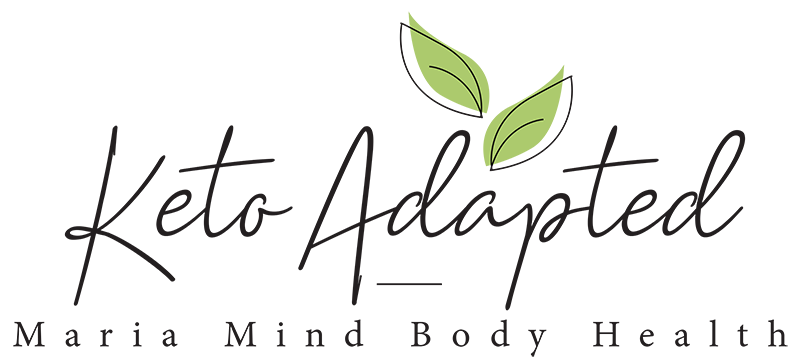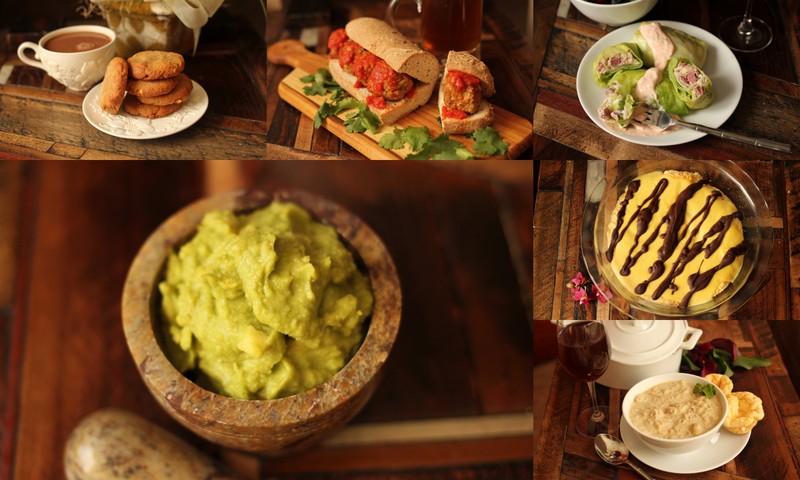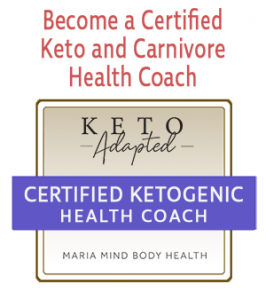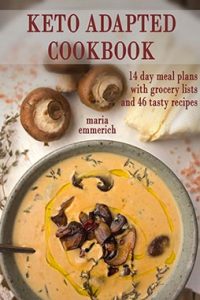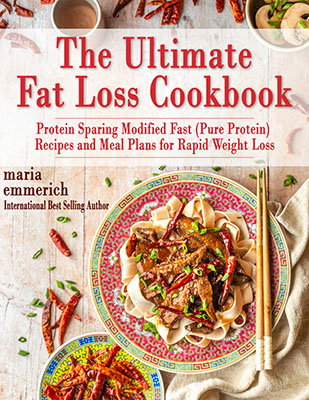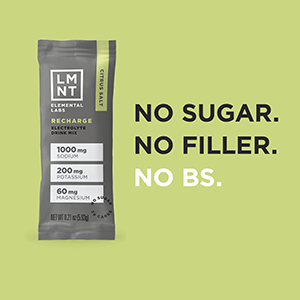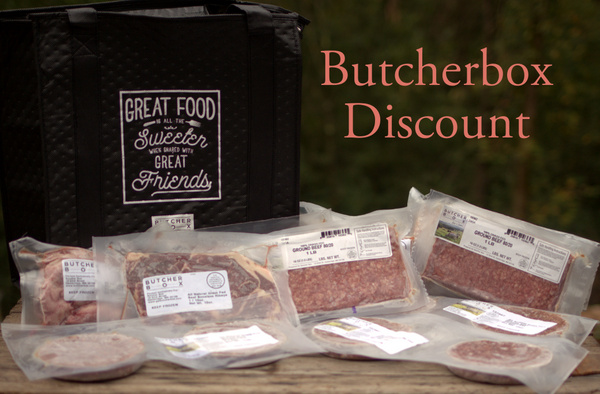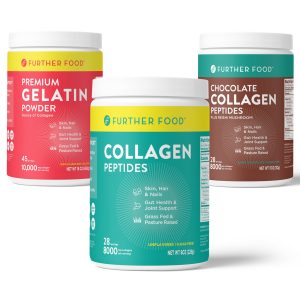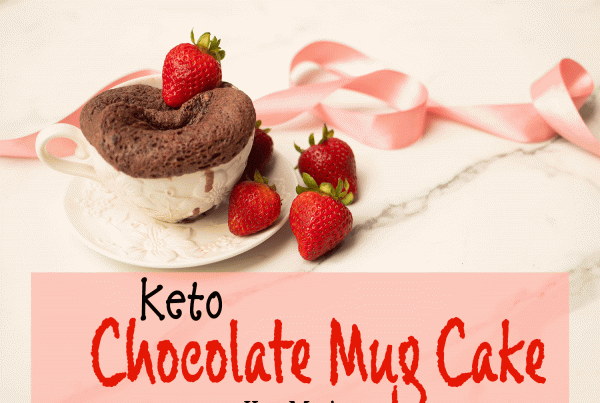TESTIMONY OF THE DAY
From a phone client who is a bodybuilder and was stuck at a plateau:
“Good morning!! I have great news!! Even though I am still waiting for the results from my blood work I weighed myself this morning and I lost 3.5 pounds since Wednesday!! I don’t know why I wasn’t losing weight before I haven’t changed anything. I have been feeling great too, I don’t think I’ve had anxiety at all this past week!! Thank you!!” Jessica
If you want to get past your plateau, click HERE to get started! You deserve it!
GALL BLADDER FACTS
Are you or someone you know part of the increasing population having gall bladder surgery? It is becoming a very common operation. Is there something changing in our current diets that is causing this? Could it be the gluten over-load in our diets? Gall bladder disease or malfunction is often associated with celiac disease. CCK (cholecystokinin) is the hormone responsible for gall bladder contraction. The bulk of this hormone is produced in the duodenum. People with celiac, or sensitive to gluten, will have a reduction or of duodenal production of CCK; which will cause gall stones.
In the past few recent decades, we have been misinformed that fat-free diets and healthy “whole grains” are a healthy way to eat. Even the medical profession is telling parents to have their kids drink skim milk! Don’t get me wrong, there is some fat to totally avoid, such as vegetable oils and trans-fats. But going on low-fat diets is more harmful than you realize. This is why I always use full fat (and tasty) foods! High protein and grain-free diets alone are not the way to go. High fat is.
Galls are released by dietary fat. If you go on a little-to-no fat diet, the gall bladder starts to atrophy because it doesn’t need to work; just as when you don’t use your muscles, they atrophy and you are no longer as strong as you once were. Once the damage is done, and the gall bladder is removed, patients mistakenly believe that they can no longer eat fats without discomfort. This is not true, the bile to break down fat is made in the liver, then stored in the gall bladder. Even without a gall bladder, you produce bile and can (and should) consume healthy dietary fats.
After surgery (any surgery) you lose most of your beneficial bacteria; such as bifidobacteria, that keep your intestines strong and healthy. Adding in probiotics and digestive enzymes are the first step to healing. Your body is smart, after years of low-fat dieting, it no longer produces lipase like it once did; lipase is the enzyme to break down fat (just as when a vegetarian adds in more protein after years of low protein, they feel sick… they no longer produce Protase, the enzyme to break down protein).
After a few days of increasing enzymes and good bacteria, adding in quality fats is essential for your body and cellular health; our brain and cells are composed of over 60% fat people! It is important! I suggest starting with coconut oil. Coconut oil is a medium chained triglyceride (MCT) which is an awesome fat because it doesn’t require bile for digestion! I use this in place of butter for all my baked goods. It gives them an AWESOME and naturally sweet flavor.
Foods high in cholesterol are also essential! You NEED cholesterol to produce bile. Start to add in quality eggs (yes, the yolks…whites don’t count, the cholesterol is in the yolks), organic cream and butter, grass-fed meats, lobster, and other shellfish. I am not talking about “oxidized cholesterol”… which is damaged cholesterol found in skim milk and many processed foods; which triggers heart disease). If you keep avoiding fats and cholesterol, your body will keep on pace with no lipase excretion or bile production…causing a vicious cycle.
With these tips, along with not eating processed foods and wheat, your body will start to heal and you will feel and enjoy foods like you once did. Happy Eating!
“HEALTHIFIED” BREAD PUDDING:
1 loaf “healthified” pumpkin bread, cut into cubes (CLICK HERE TO FIND RECIPE)
1 cup unsweetened almond milk (or coconut milk)
1/2 cup heavy cream (or coconut milk)
3 large eggs
2/3 cup Swerve (or erythritol and 1/2 tsp stevia glycerite)
2 cups pumpkin puree
1 tsp cinnamon
1 tsp pumpkin pie spice
1 tsp pure vanilla (or 1 vanilla bean)
1/2 tsp Celtic sea salt
Preheat oven to 350 degrees F. Grease an 11×7-inch baking dish. In a bowl, cover the cubed bread with the almond milk and cream; set aside. In another bowl, combine eggs, sweetener, pumpkin, spices, and vanilla; blend well. Pour pumpkin mixture over soaked bread and stir to blend. Pour mixture into the prepared baking dish. Bake for 45 to 60 minutes, or until set. Serve with whipped cream, or “healthified” vanilla ice cream and “healthified” caramel sauce. Makes 18 servings.
NUTRITIONAL COMPARISON (per serving)
Traditional Bread Pudding = 573 calories, 15.7g fat, 5g protein, 91g carbs, 3g fiber (88 effective carbs)
“Healthified” Bread Pudding = 204 calories, 15g fat, 7.9g protein, 9g carbs, 3.8g fiber (5.2 effective carbs)
